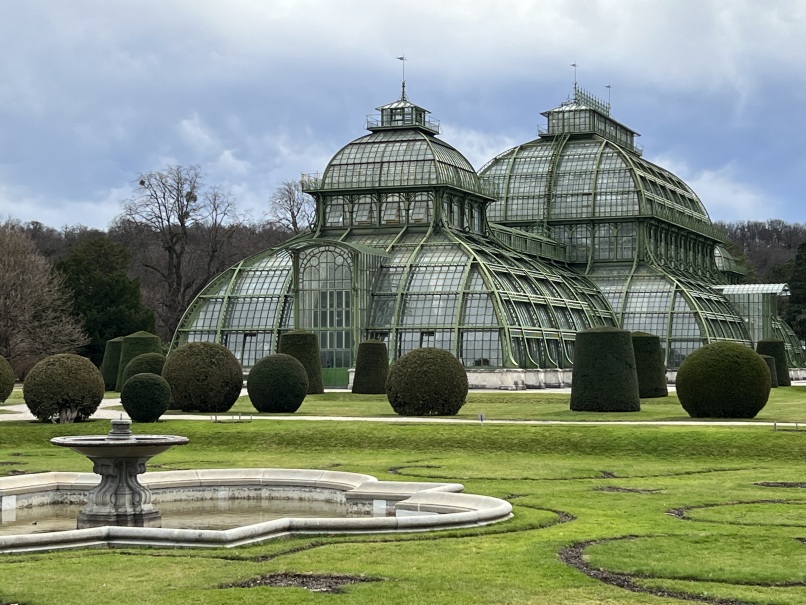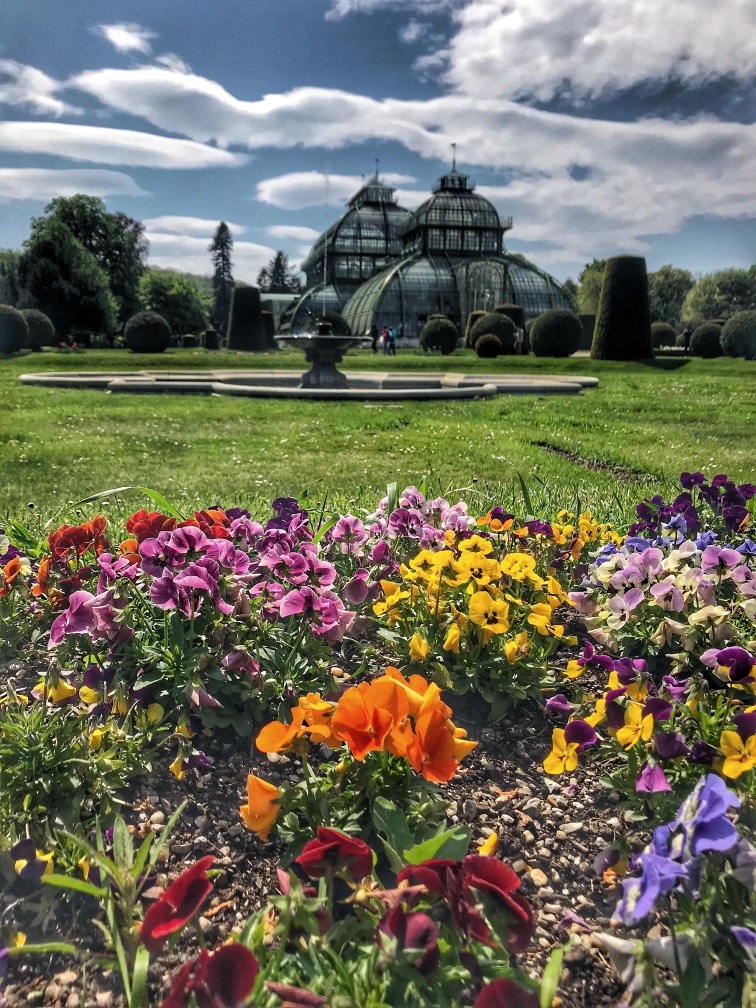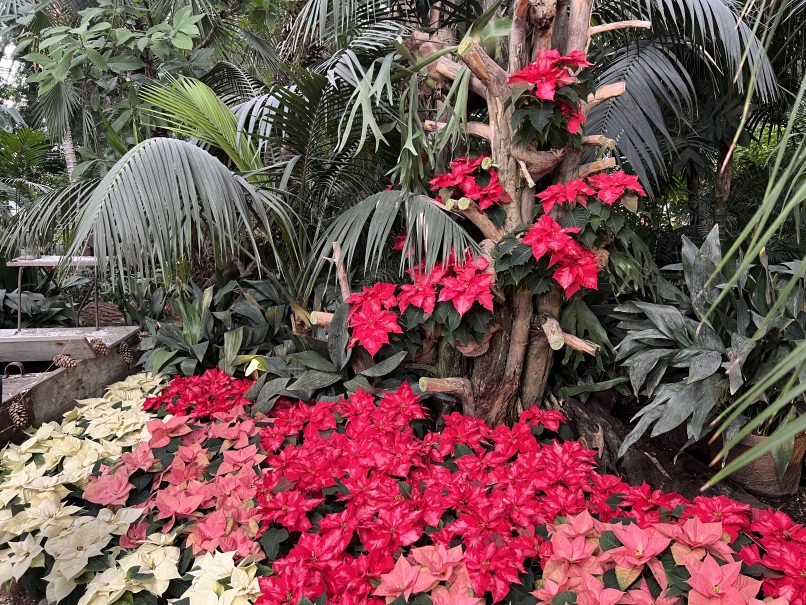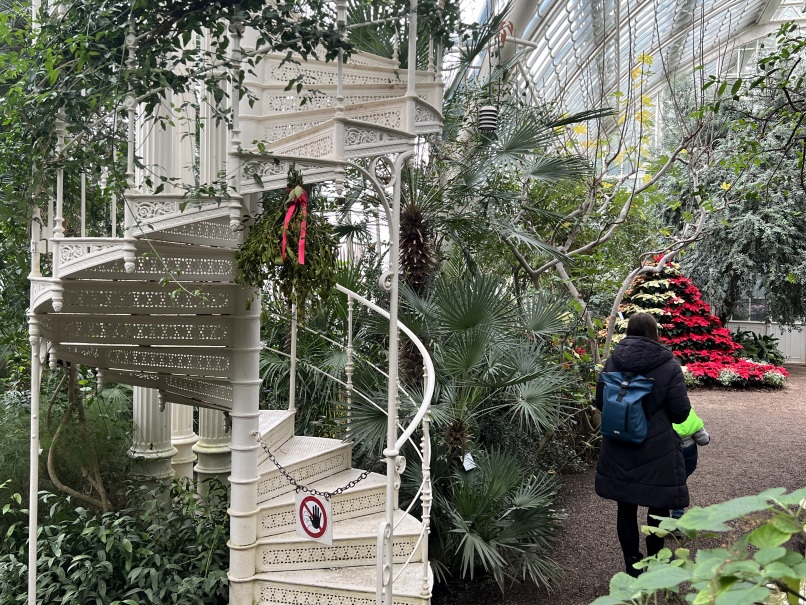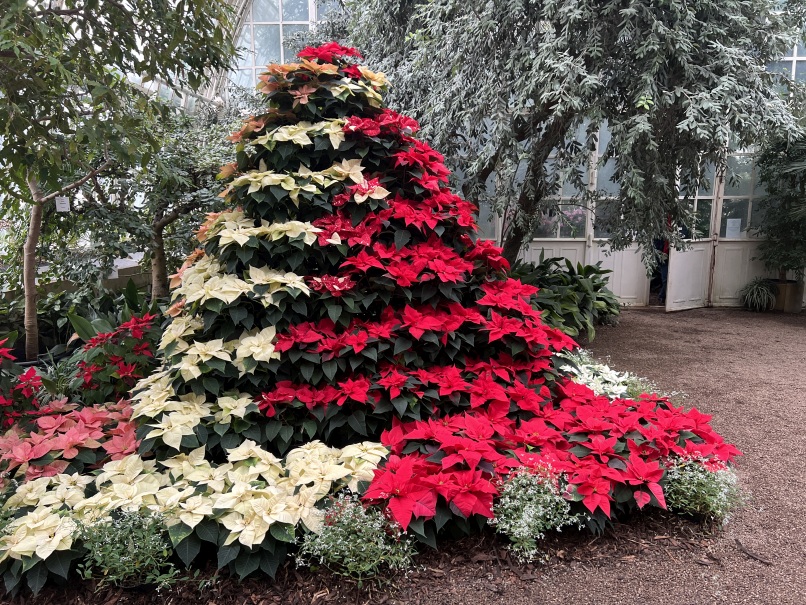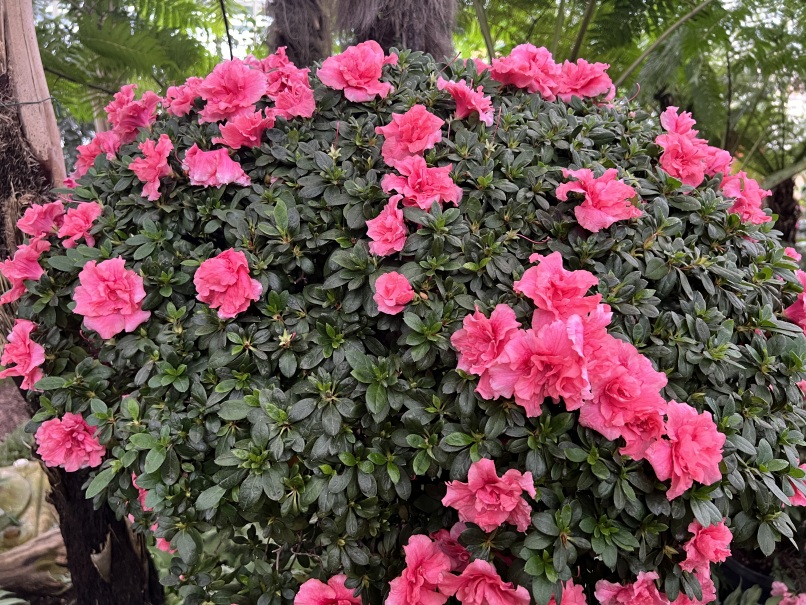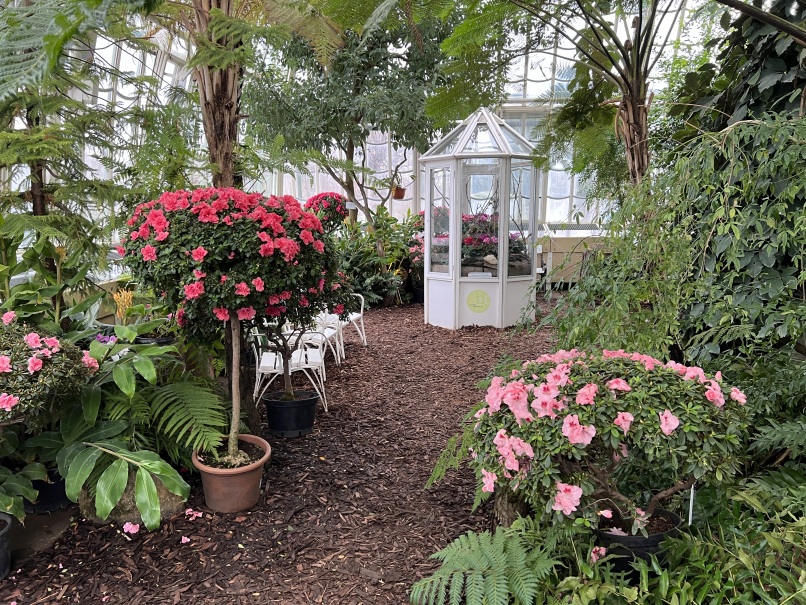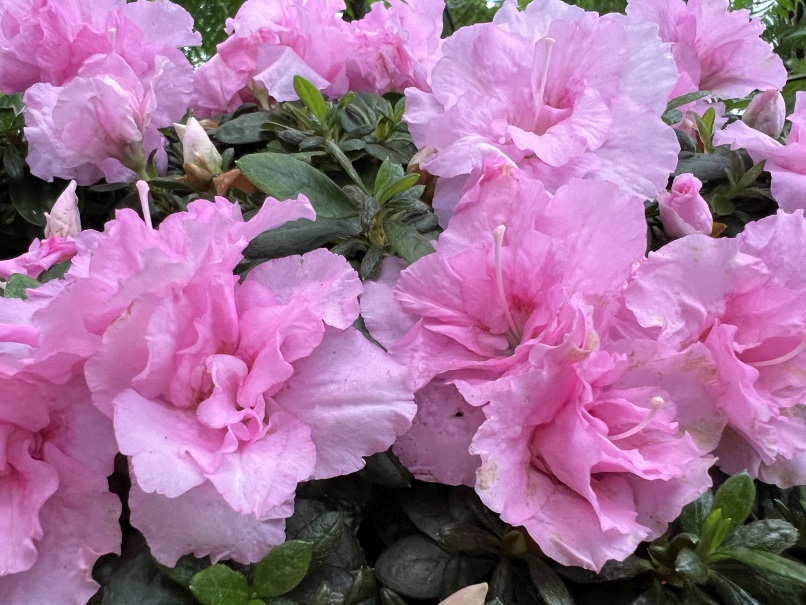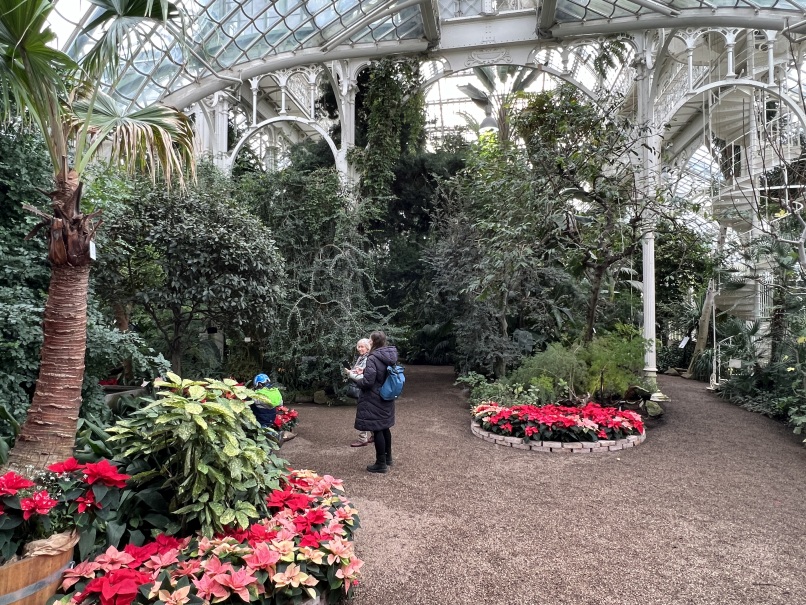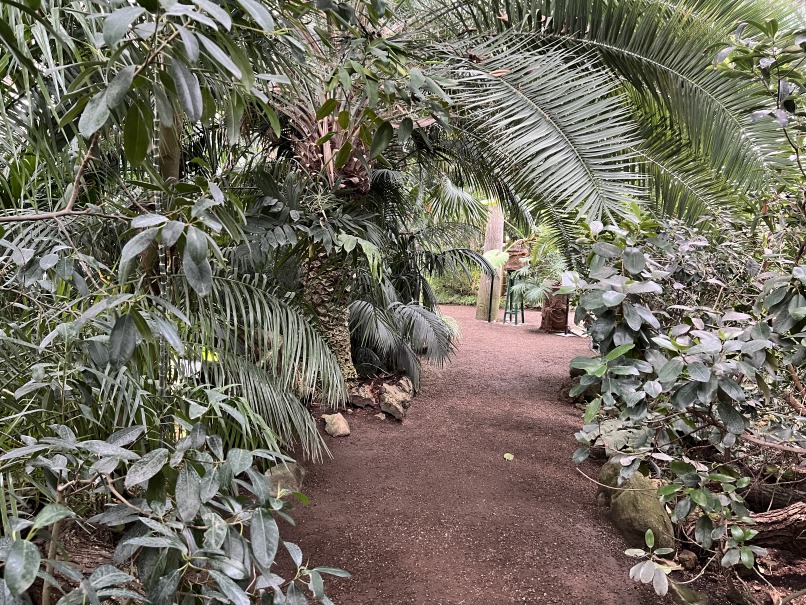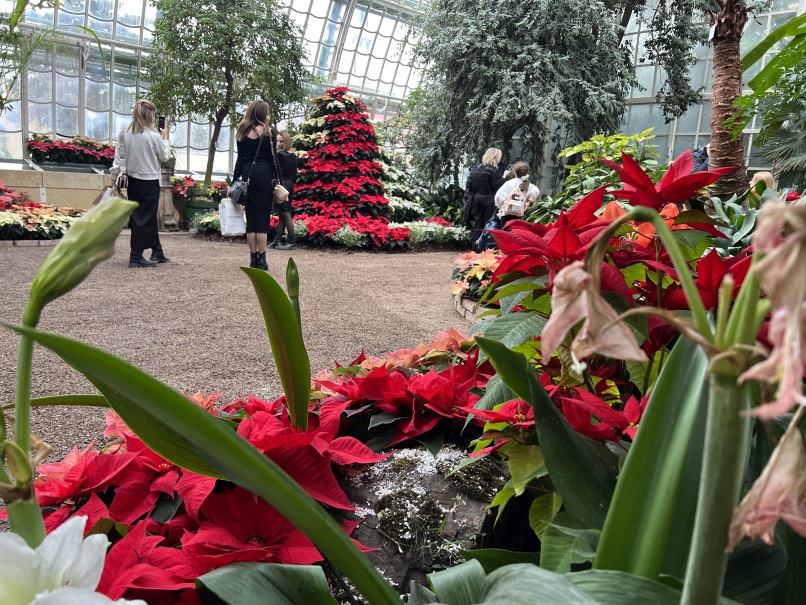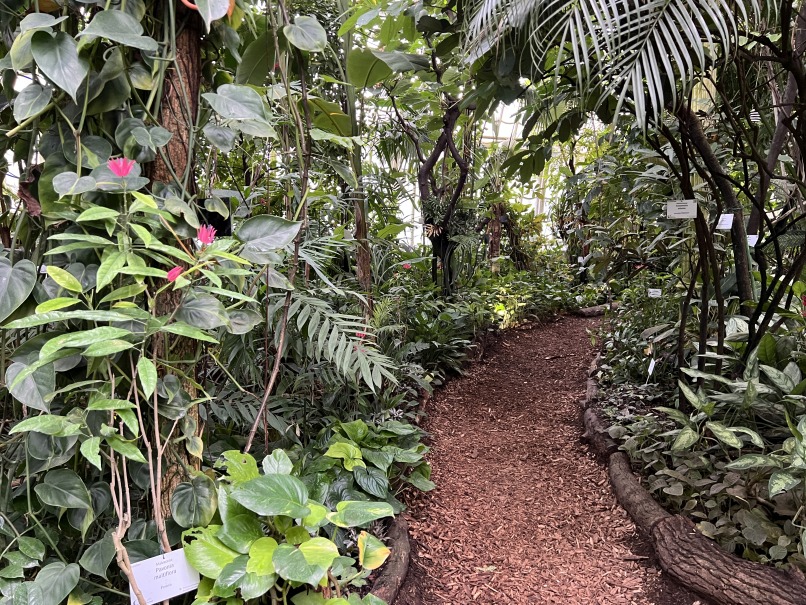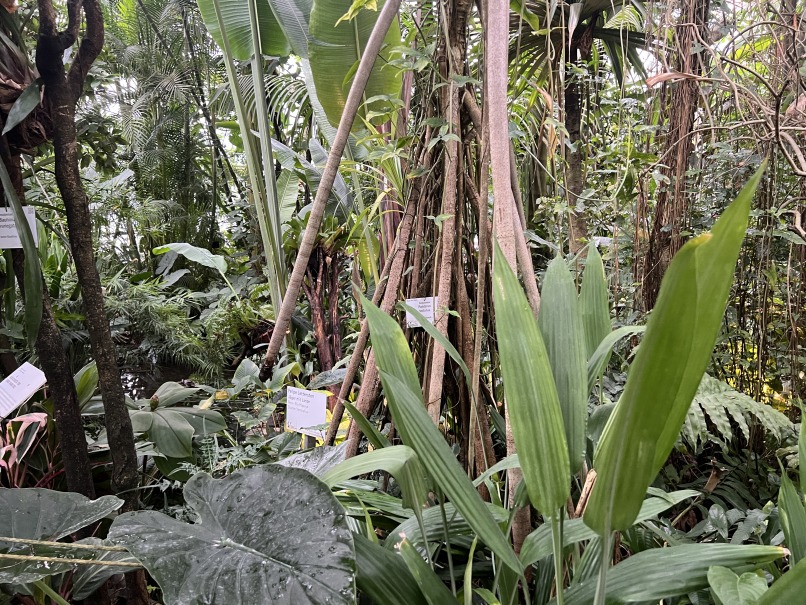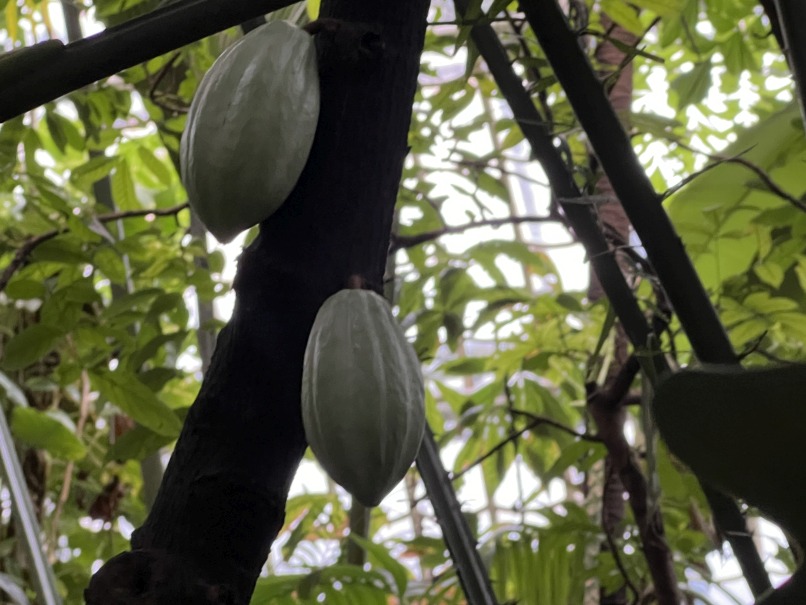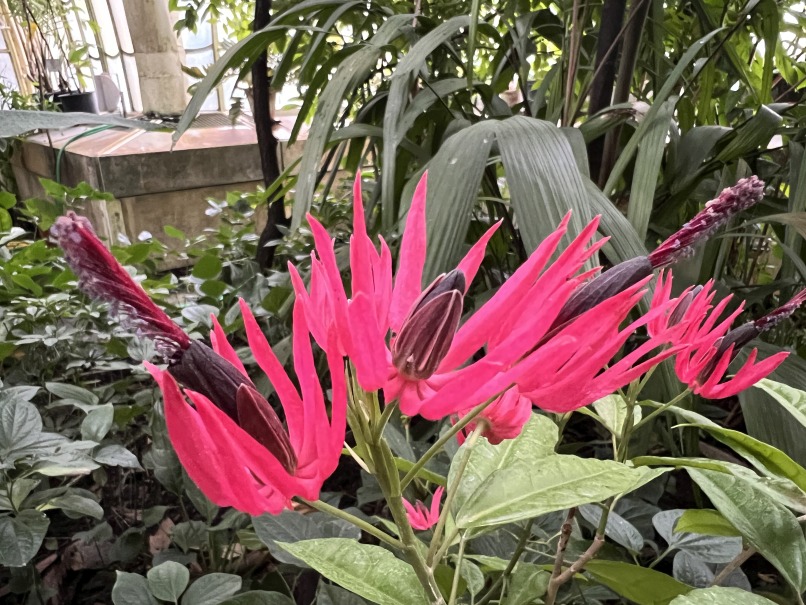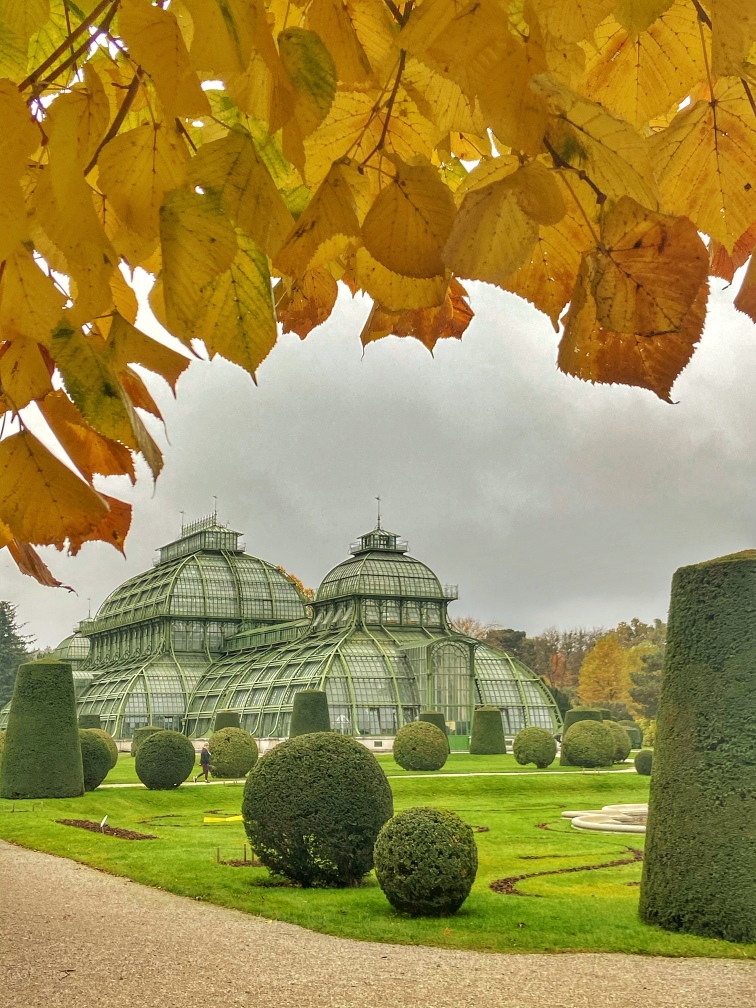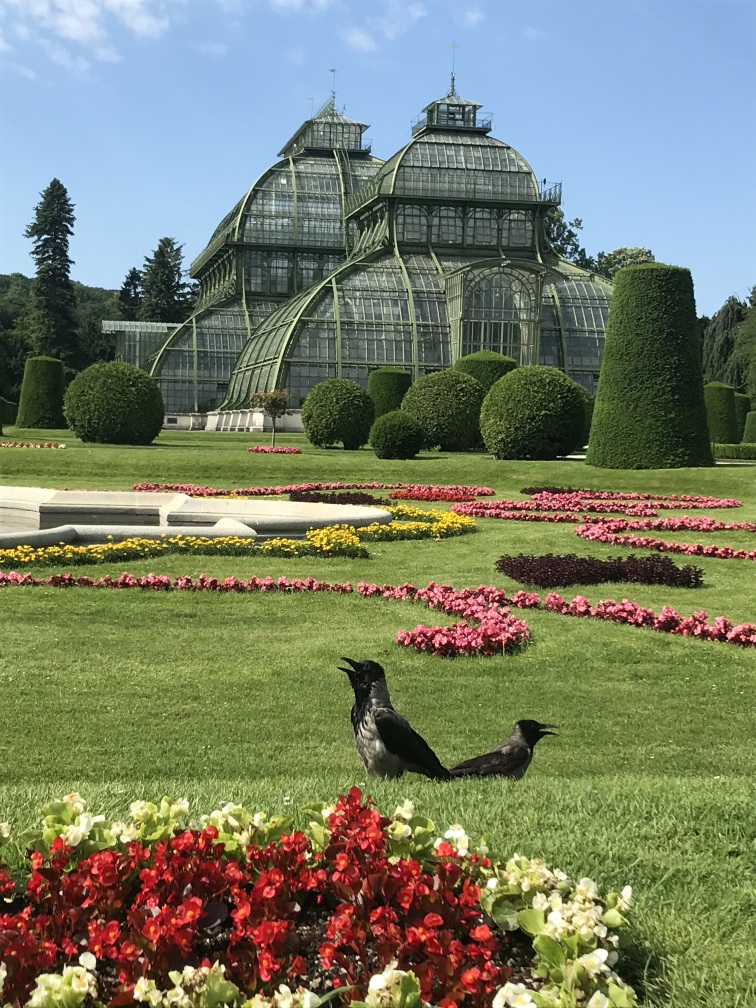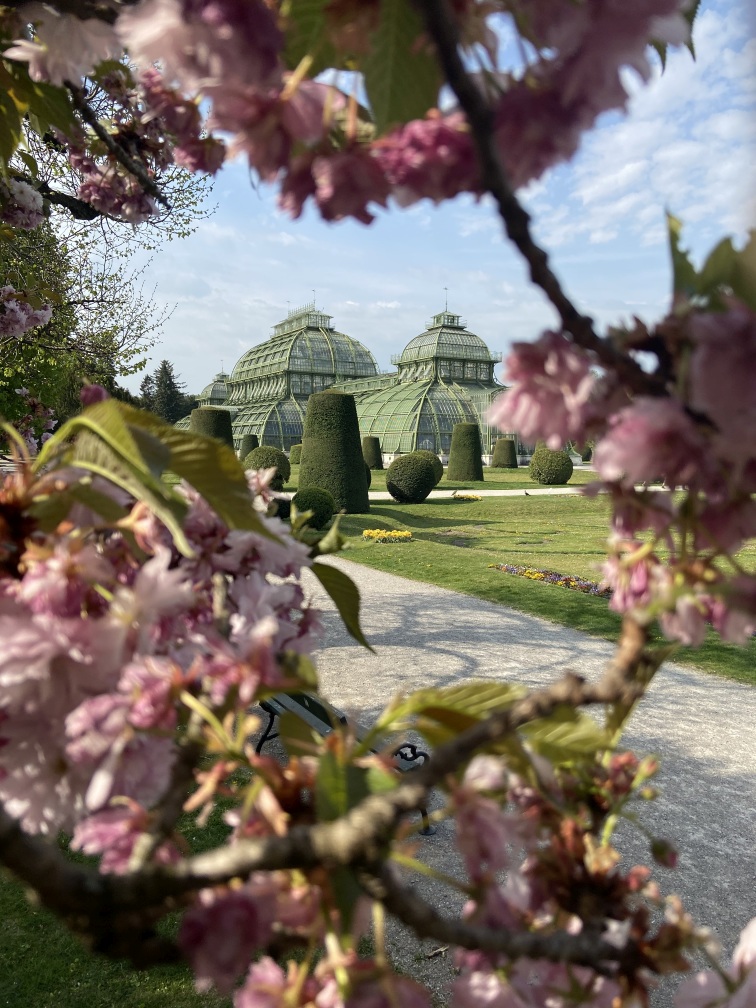The Schönbrunn Palm House: a botanical masterpiece
When you enter the Palm House at Schönbrunn, you will quickly realise that it is more than just a greenhouse. This architectural jewel, nestled in the historic gardens of the Schönbrunn Palaceis a tribute to the art of gardening and the fascination of exotic plant worlds.
Brief information on the Schönbrunn Palm House
- What is the Palm House? A historic greenhouse that is home to a wide range of exotic plants.
- Where is the Palm House? In Schönbrunn Palace Park, 1130 Vienna, Austria. Right next to the entrance of the Schönbrunn Zoo and opposite the Desert house.
- What can I see there? A variety of exotic plants, including rare palm species, orchids and much more.
- Opening hours? Vary depending on the season, usually from 10:00 to 17:00. Here you can find all Times and prices.
- Admission prices? Adults pay around 8 euros, there are various Combined tickets for sights in Schönbrunn.
- Visiting hours? Allow about one hour.
- Photography allowed? Yes, but without flash to protect the plants.
What is there to see in the Palm House?
An impressive collection of plants from all over the world awaits you in the Great Palm House Schönbrunn. From the majestic height of the palm trees to the delicately patterned flowers of the orchids, every corner of the house offers a new discovery. Particularly noteworthy are the different climate zones that are simulated within the greenhouse to meet the needs of the different plant species. The careful design and maintenance of these environments allows visitors to experience the diversity of global flora without having to leave Vienna.
The history of the Palm House
The Schönbrunn Palm House is not only botanically but also historically significant. Built in the second half of the 19th century, it reflects the architectural zeitgeist and scientific interest of that era. As the largest of its kind in Europe and one of the largest of its kind in the world, it tells the story of the imperial passion for botany and the desire to bring foreign plant worlds to Austria. The restoration and preservation of the Palm House are testimony to the ongoing endeavours to preserve this cultural heritage for future generations.
As you stroll through the halls of the Palmenhaus, you will not only be able to admire the beauty and diversity of the plants, but also experience a piece of Austrian history. The combination of botanical diversity and historical architecture makes a visit to the Palmenhaus a wonderful excursion.
The Palmenhaus Schönbrunn: A Botanical Masterpiece
When entering the Palmenhaus in Schönbrunn, you will quickly realise that it is more than just a greenhouse. This architectural gem, nestled in the historic gardens of Schönbrunn Palace, pays homage to the art of gardening and the fascination of exotic plant worlds.
Quick Facts about Schönbrunn Palm House
- What is the Palm House? A historic greenhouse housing a wide variety of exotic plants.
- Where is the Palmenhaus located? In the Schönbrunn Palace Park, 1130 Vienna, Austria. Right next to the entrance of the Schönbrunn Zoo and opposite the Desert House.
- What can I see there? A variety of exotic plants, including rare palm species, orchids, and more.
- Opening hours? Vary depending on the season, usually from 10:00 AM to 5:00 PM. You can find all the times and prices here.
- Admission prices? Adults pay around 8 Euros, and there are various combo tickets for attractions in Schönbrunn.
- Visiting time? Plan for approximately one hour.
- Is photography allowed? Yes, but without flash to protect the plants.
What to See in the Palmenhaus
In the Great Palmenhaus Schönbrunn, you will find an impressive collection of plants from around the world. From the majestic height of the palms to the intricately patterned blossoms of orchids, every corner of the house offers a new discovery. Particularly noteworthy are the different climate zones simulated within the greenhouse to meet the needs of various plant species. The careful design and maintenance of these environments allow visitors to experience the diversity of global flora without leaving Vienna.
The History of the Palmenhaus
The Palmenhaus Schönbrunn is not only botanically significant but also historically significant. Built in the second half of the 19th century, it reflects the architectural spirit and scientific interest of that era. As the largest of its kind in Europe and one of the largest worldwide, it tells the story of the imperial passion for botany and the desire to bring exotic plant worlds to Austria. The restoration and preservation of the Palmenhaus are testament to the continuous efforts to safeguard this cultural heritage for future generations.
While strolling through the halls of the Palmenhaus, you will not only admire the beauty and diversity of the plants but also experience a piece of Austrian history. The combination of botanical diversity and historical architecture makes visiting the Palmenhaus a wonderful excursion.

